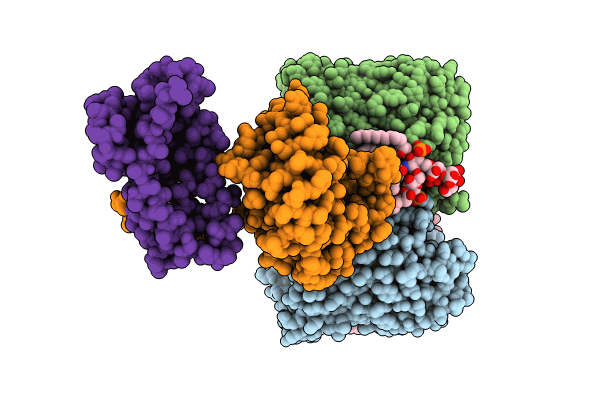
Deposition Date
2023-02-05
Release Date
2023-12-20
Last Version Date
2023-12-27
Entry Detail
PDB ID:
8I8X
Keywords:
Title:
Cryo-EM Structure of OmpC3-MlaA-MlaC Complex in MSP2N2 Nanodiscs
Biological Source:
Source Organism:
Escherichia coli K-12 (Taxon ID: 83333)
Host Organism:
Method Details:
Experimental Method:
Resolution:
3.25 Å
Aggregation State:
PARTICLE
Reconstruction Method:
SINGLE PARTICLE


